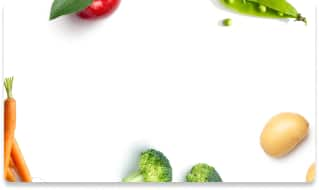
-
Find the right food for your petTake this quiz to see which food may be the best for your furry friend.Find the right food for your petTake this quiz to see which food may be the best for your furry friend.Featured products
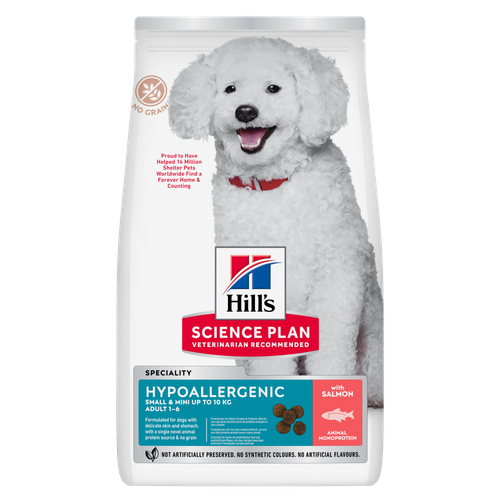 Hypoallergenic Small & Mini Adult Dog Food
Hypoallergenic Small & Mini Adult Dog FoodHILL'S SCIENCE PLAN Hypoallergenic Small&Mini Adult dog food with Salmon is complete pet food for adult small dogs 1–6 years old. It's formulated for dogs with delicate skin and stomach, with limited high quality novel protein sources & no grain.
Shop Now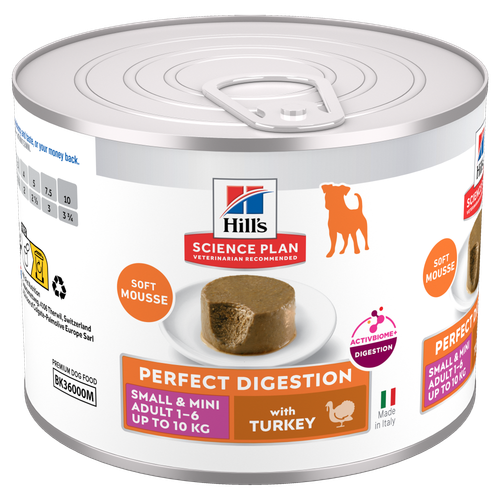 Perfect Digestion Small & Mini Adult Dog Food
Perfect Digestion Small & Mini Adult Dog FoodHill's Science Plan Perfect Digestion Small & Mini Adult Dog Food with Turkey is a complete premium pet food for small breed adult dogs aged 1–6 years. This deliciously smooth mousse is precisely balanced to deliver the appropriate amount of energy and to support digestive health in adult, small breed dogs.
Shop Now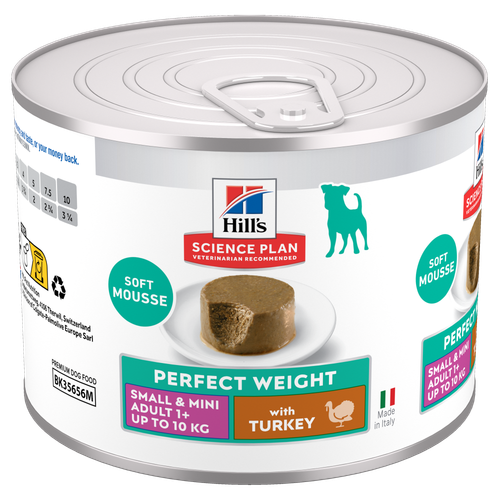 Perfect Weight Small & Mini Adult Dog Food
Perfect Weight Small & Mini Adult Dog FoodHill's Science Plan Adult Small & Mini Dog Food with Turkey is a complete premium pet food for adult small dogs from 1 year old that are prone to weight gain or slightly overweight. This deliciously smooth mousse is formulated to deliver the appropriate amount of energy to support weight maintenance in adult dogs.
Shop NowFeatured products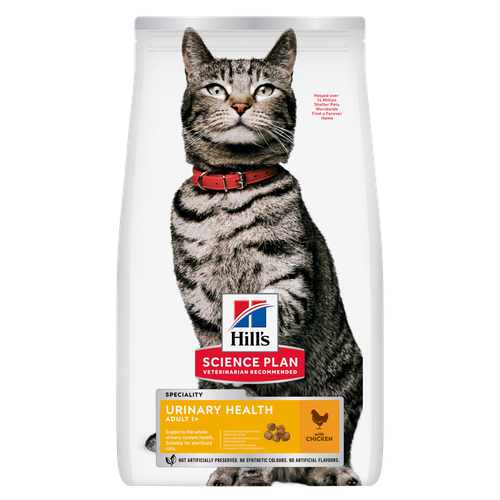 Urinary Health Adult Cat Food with Chicken
Urinary Health Adult Cat Food with ChickenHill's Science Plan Urinary Health Adult Cat Food with Chicken supports the health of the whole urinary system. Suitable for sterilised cats.
Shop Now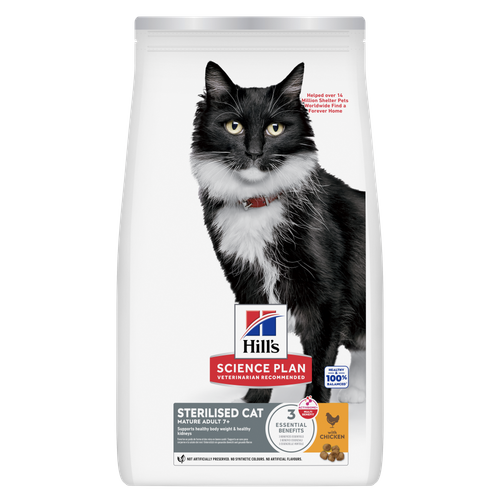 Sterilised Mature Adult Cat Food
Sterilised Mature Adult Cat FoodHill's Science Plan Sterilised Cat Mature Adult Cat Food with Chicken is specially formulated with ActivBiome+ Multi-Benefit Technology. It is a precisely balanced nutrition tailored to meet the needs of mature adult sterilised cats, ages 7+, and to promote graceful ageing.
Shop Now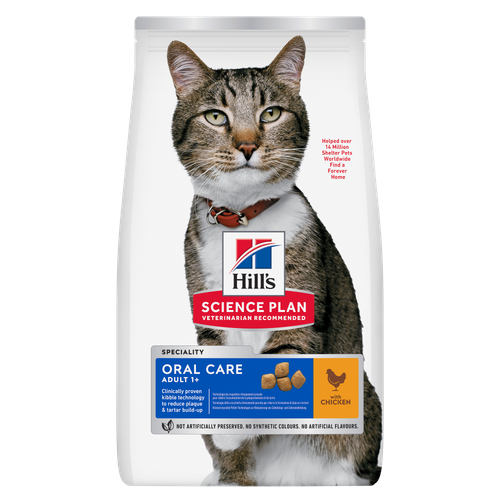 Oral Care Adult Cat Food
Oral Care Adult Cat FoodHill's Science Plan Oral Care Adult Cat Food with Chicken contains clinically proven kibble technology to reduce plaque & tartar build up.
Shop Now -
Dog
- Dog Tips & Articles
-
Health Category
- Weight
- Food & Environmental Sensitivities
- Urinary
- Digestive
- Joint
- Kidney
-
Life Stage
- Puppy Nutrition
- Adult Nutrition
- Senior Nutrition
Cat- Cat Tips & Articles
-
Health Category
- Weight
- Skin & Food Sensitivities
- Urinary
- Digestive
- Kidney
-
Life Stage
- Kitten Nutrition
- Adult Nutrition
Featured articles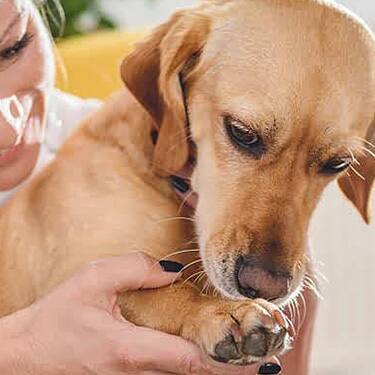 Virtual Vet Visits: What You Need to Know
Virtual Vet Visits: What You Need to KnowLearn the ins and outs of a televet appointment before you talk to a vet online.
Read More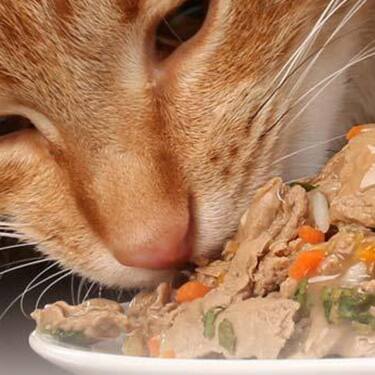 Tips For Mixing Wet And Dry Pet Food
Tips For Mixing Wet And Dry Pet FoodDiscover tips for mixing wet and dry pet food to ensure balanced nutrition and variety for your pet. For comprehensive feeding advice, visit Hill's Pet UK.
Read More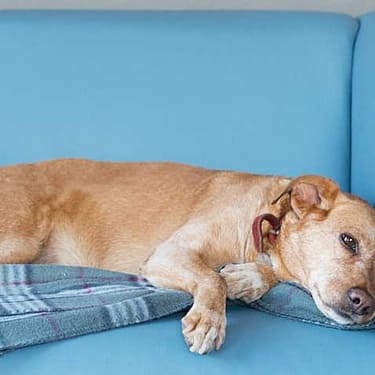 Develop your gut instinct | Hill's Pet
Develop your gut instinct | Hill's PetDigestive disorders can affect any part of the digestive system, from the stomach, small intestine and through to the large intestine.
Read More -


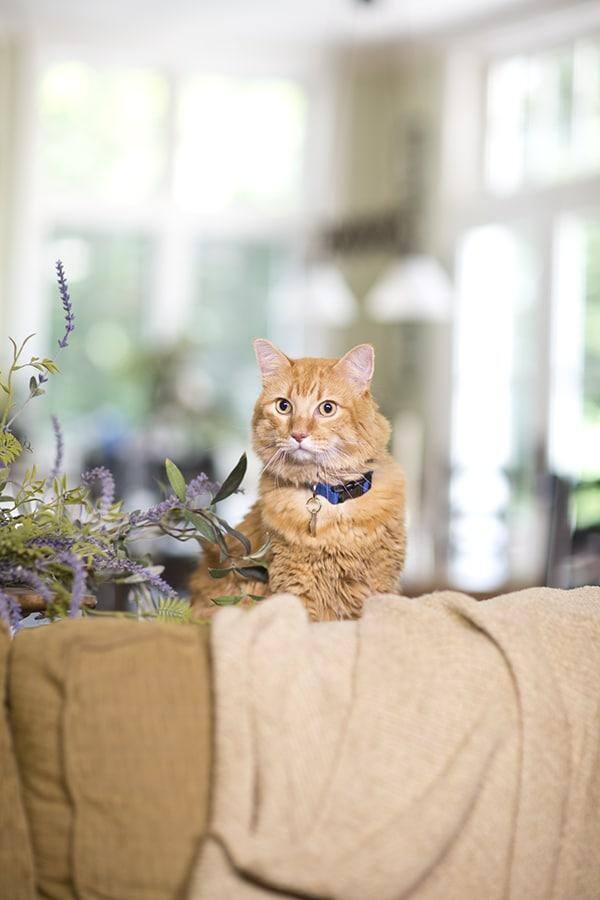
Just like humans, about two thirds of a cat’s body is made up of water. And like all animals, cats need a healthy amount of water to survive and to maintain their health. When living in the wild, they get some of their water from the moisture content in their food, such as prey like insects, birds, and rodents, and the rest from streams and other water sources. Your domestic cat has a very different diet, and while you may give them some wet food, most of their water is delivered in a bowl!
How much water should a cat drink?
The amount of water your cat needs depends on their size, activity level, health and diet, but ranges from 40-70 ml per kilogram of bodyweight per day. If you think your cat is not drinking enough water, there are a few ways to encourage them to drink.
Location is essential. Put a few water bowls around the house in areas with low foot traffic. Ideally, you should have one more water bowl than you have cats. Water bowls should also not be placed anywhere near the litter box. This could make your cat uncomfortable and cause them to stop eating, drinking, and using the litter box. After all, we wouldn’t want to be forced to have all our liquid refreshment in the toilet! They may not even like having the food and water bowls near each other. This is because cats in the wild have evolved to not drink near their food in case the water is soiled by the carcass of the prey.
Some cats are really particular about drinking water. Your cat may like cold water better, so drop a couple ice cubes in the bowl. If there is a tendency to tip it over, switch to a wider one with a rubber base. They may not like the taste of the water, so if using a plastic bowl, try switching to a metal, ceramic or glass bowl. You should also replace your cat’s water regularly to keep it fresh.
Some cats won’t use a bowl at all, and would rather drink straight from your tap. In the wild, cats will usually only drink moving water, as they have learned that this helps prevent them from getting sick. If you see your cat continually tipping over the water bowl and drinking the water as it spills across the floor, they’re probably more comfortable drinking moving water. Consider cat water fountains that constantly circulate the water.
You can also add more moisture to your cat’s diet. Wet food has a much higher moisture content than dry, but if dry food is preferred, you can try adding a little water to the kibbles. Some cats don’t like the texture of soaked kibbles, but if your cat does, then it’s an easy way to increase their water intake. A combination of dry food and wet food is also an option and is a good way of keeping your cat’s tastes flexible and stopping them getting hooked on wet or dry.
Whichever method you choose, it is important to encourage your cat to drink water. While many may think milk is a good substitute, it is only a myth, and can even cause digestive problems. Getting your cat to drink water is just as important as feeding the right nutrition.
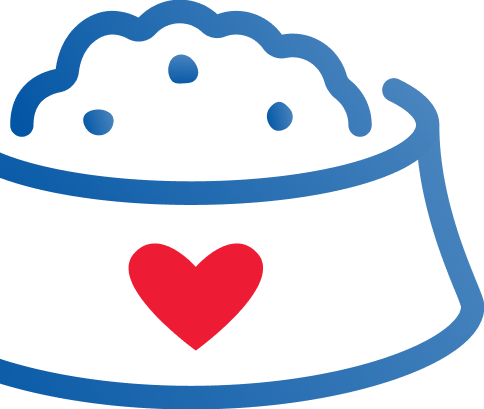

Tasty Tips
Dehydration in cats
All animals concentrate their urine, but cats are descended from desert-dwelling cats, which means they can survive on smaller quantities of water than other animals. They also have a low thirst drive, so they don’t feel the need to drink water very often. If your cat is dehydrated, you may not know until a problem develops. Dehydration in cats can lead to bladder problems and urinary diseases, including kidney disease, bladder stones and feline lower urinary tract disease. Bladder stones can lead to life-threatening urethral blockages, particularly in male cats.
There are a few ways you can tell if your cat is dehydrated. One of the best tests to see if your cat is dehydrated is to gently pinch your cat’s skin and pull upward. If the skin does not return quickly to its normal position when you let go, your cat is dehydrated. The more slowly your cat’s skin ‘pings’ back, the more dehydrated they are. Also, pay attention to signs of severe dehydration: panting, depression, lack of appetite, sunken eyes, dry mouth, increased lethargy and an increased heart rate.
What if your cat is drinking a lot of water?
Although water is essential for life, changes in thirst can be one of the first signs of numerous diseases, such as kidney disease, diabetes or liver disease.
The more you know what is normal for your individual cat, the earlier you will spot if their habits change. If something has changed – for instance, you swapped from wet food to dry food – an increase in water intake is probably nothing to worry about. The amount they drink will also be affected by the weather, so expect them to need more in the warmer months. However, if you can’t think of a reasonable explanation for the change, then a noticeable increase in drinking could be a sign of a problem, especially if you notice other signs such as weight changes or appetite changes.
Basically, when it comes to thirst, changes in either direction can mean trouble. Get to know your cat. Try to have a rough idea of how often you see them drink and how that changes throughout the year. Also have an idea of how much water is usually left in the bowls when you freshen them up because you won’t always be around to see your cat drinking.
If you’re ever concerned that your cat is not drinking enough, is dehydrated, or is drinking too much water, take them to see your vet. Your vet will do a clinical exam but may also want to do some blood tests to look for possible problems. As with most things, the earlier you get help and a diagnosis, the more chance you have of getting your cat successful treatment. And of course, your vet may well put your mind at rest and assure you that all is well with your feline friend.
Reviewed by Dr. Hein Meyer, DVM, PhD, Dipl-ECVIM-CA and Dr. Emma Milne BVSc FRCVS


One of our staff authors prepared this article for you
Related products

Hill's Science Plan Oral Care Adult Cat Food with Chicken contains clinically proven kibble technology to reduce plaque & tartar build up.

Hill's Science Plan Urinary Health Adult Cat Food with Chicken supports the health of the whole urinary system. Suitable for sterilised cats.
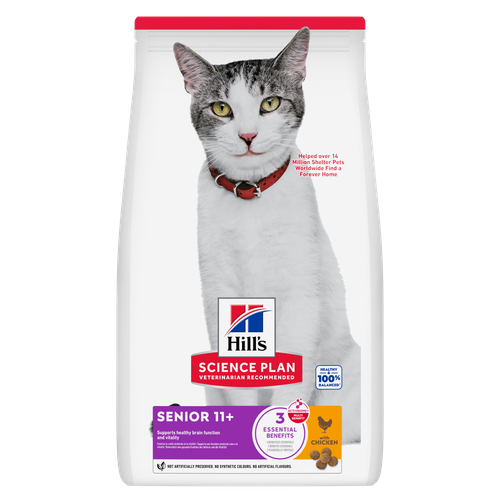
Hill's Science Plan Senior Cat Food with Chicken is a complete pet food, specially formulated with ActivBiome+ Multi-Benefit Technology.
This food supports healthy aging during the golden years. Contains a special ingredient blend to help keep older cats agile, more alert & interactive.

Hill's Science Plan Sterilised Cat Mature Adult Cat Food with Chicken is specially formulated with ActivBiome+ Multi-Benefit Technology. It is a precisely balanced nutrition tailored to meet the needs of mature adult sterilised cats, ages 7+, and to promote graceful ageing.
Related articles
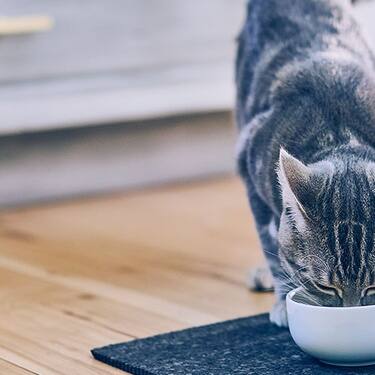
Good nutrition is about the right balance of nutrients. Learn more about health issues when feeding a cat food that has an improper nutritional balance from your friends at Hills Pet Nutrition.
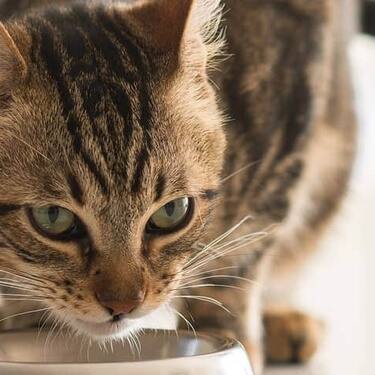
Discover what you can do to spot and support a sensitive cat stomach. See what routines and food you can implement to help your cat be happy and healthy.
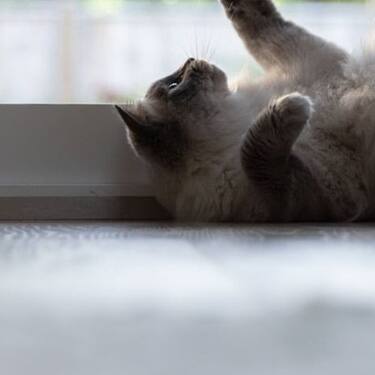
Feeding time can be a wonderful bonding opportunity for you and your cat. Find out how to make the most of it and create a healthy habit with HIll's Pet UK.
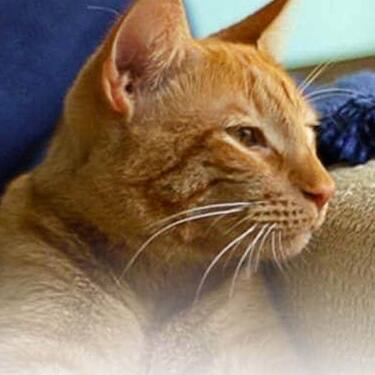
Find the right Hill
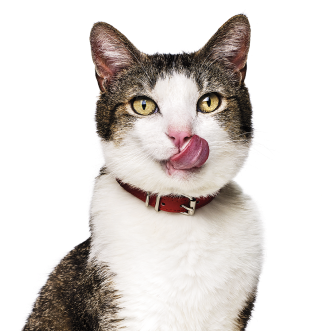
Put your cat on a diet without them knowing
Our low calorie formula helps you control your cat's weight. It's packed with high-quality protein for building lean muscles, and made with purposeful ingredients for a flavourful, nutritious meal. Clinically proven antioxidants, Vitamin C+E, help promote a healthy immune system.
Put your cat on a diet without them knowing
Our low calorie formula helps you control your cat's weight. It's packed with high-quality protein for building lean muscles, and made with purposeful ingredients for a flavourful, nutritious meal. Clinically proven antioxidants, Vitamin C+E, help promote a healthy immune system.

